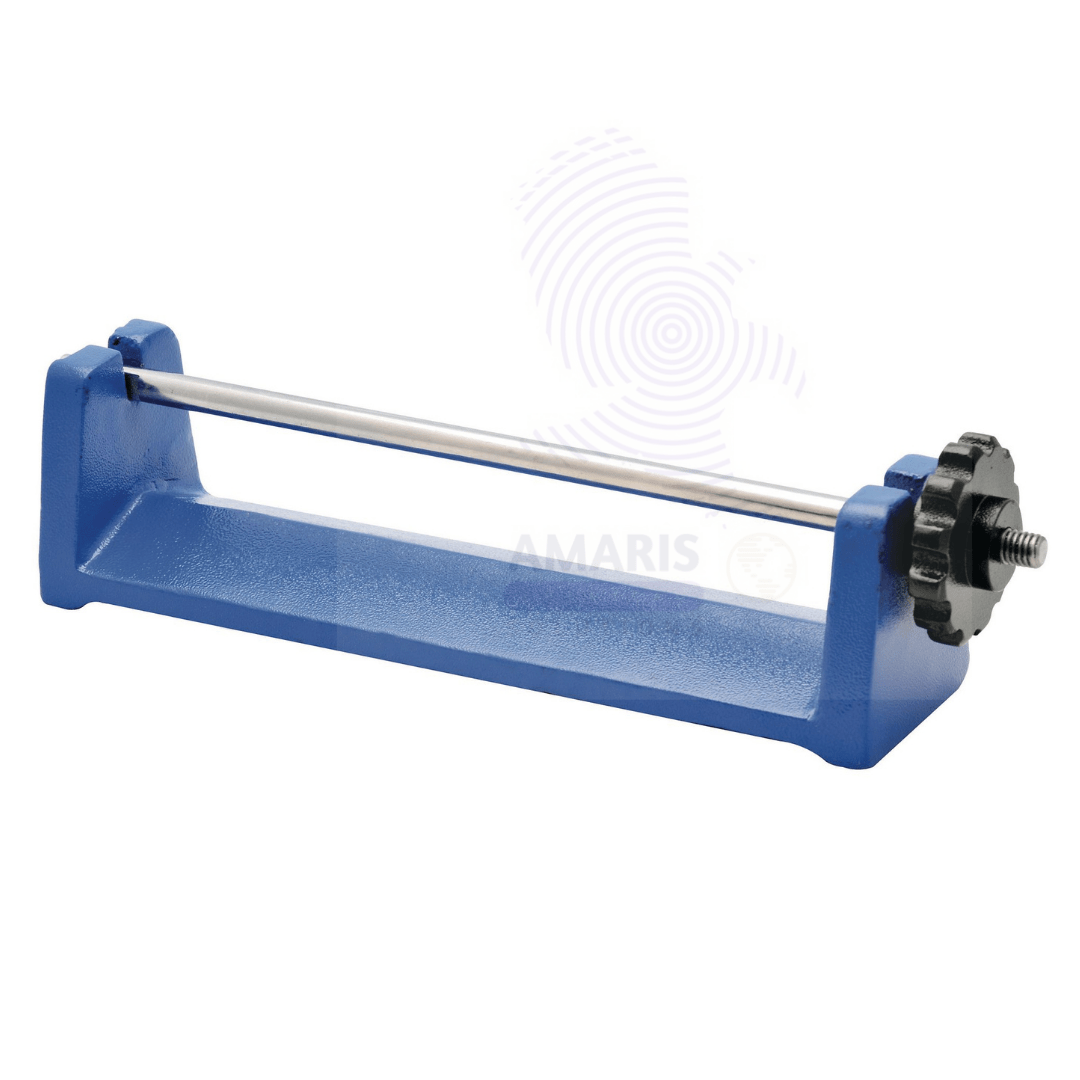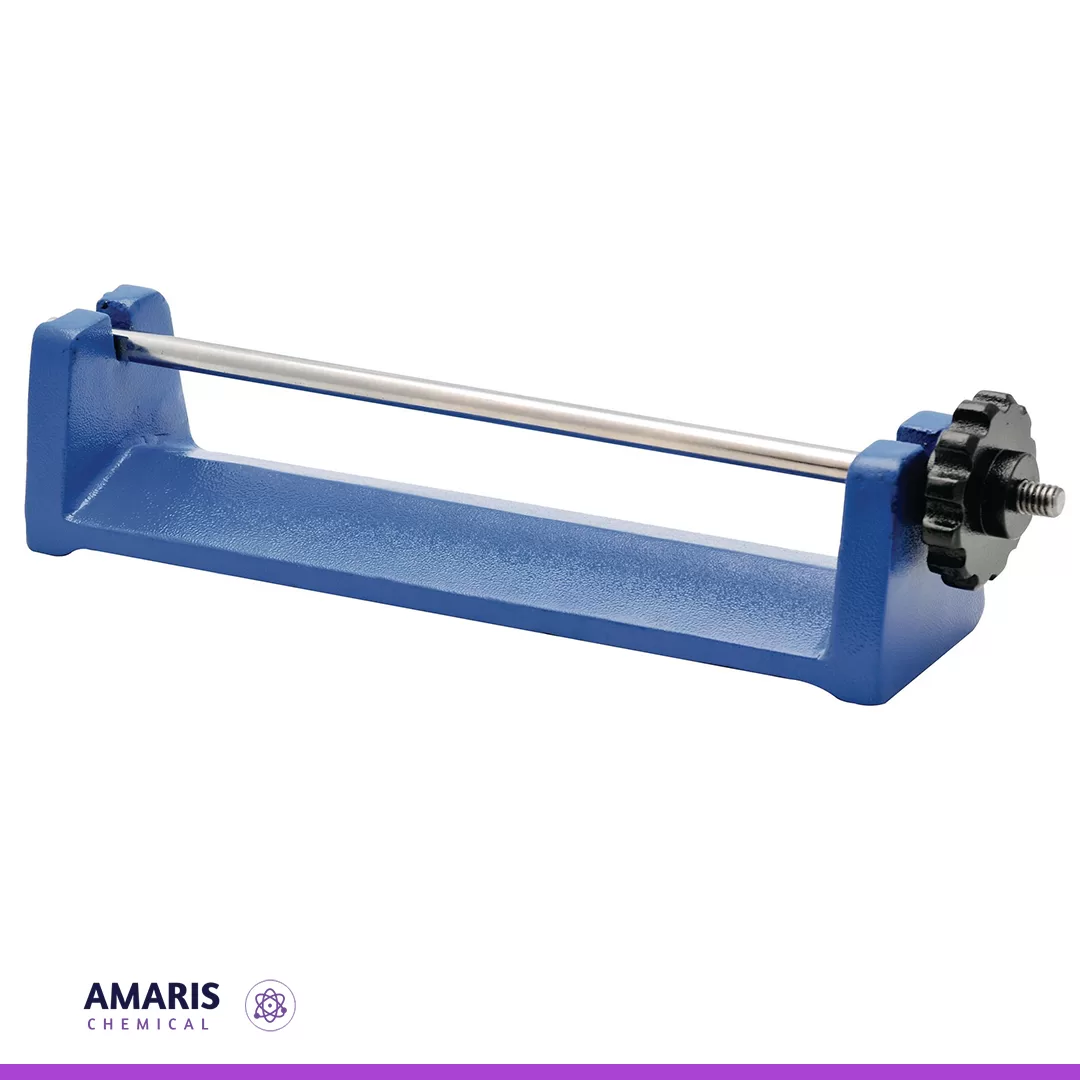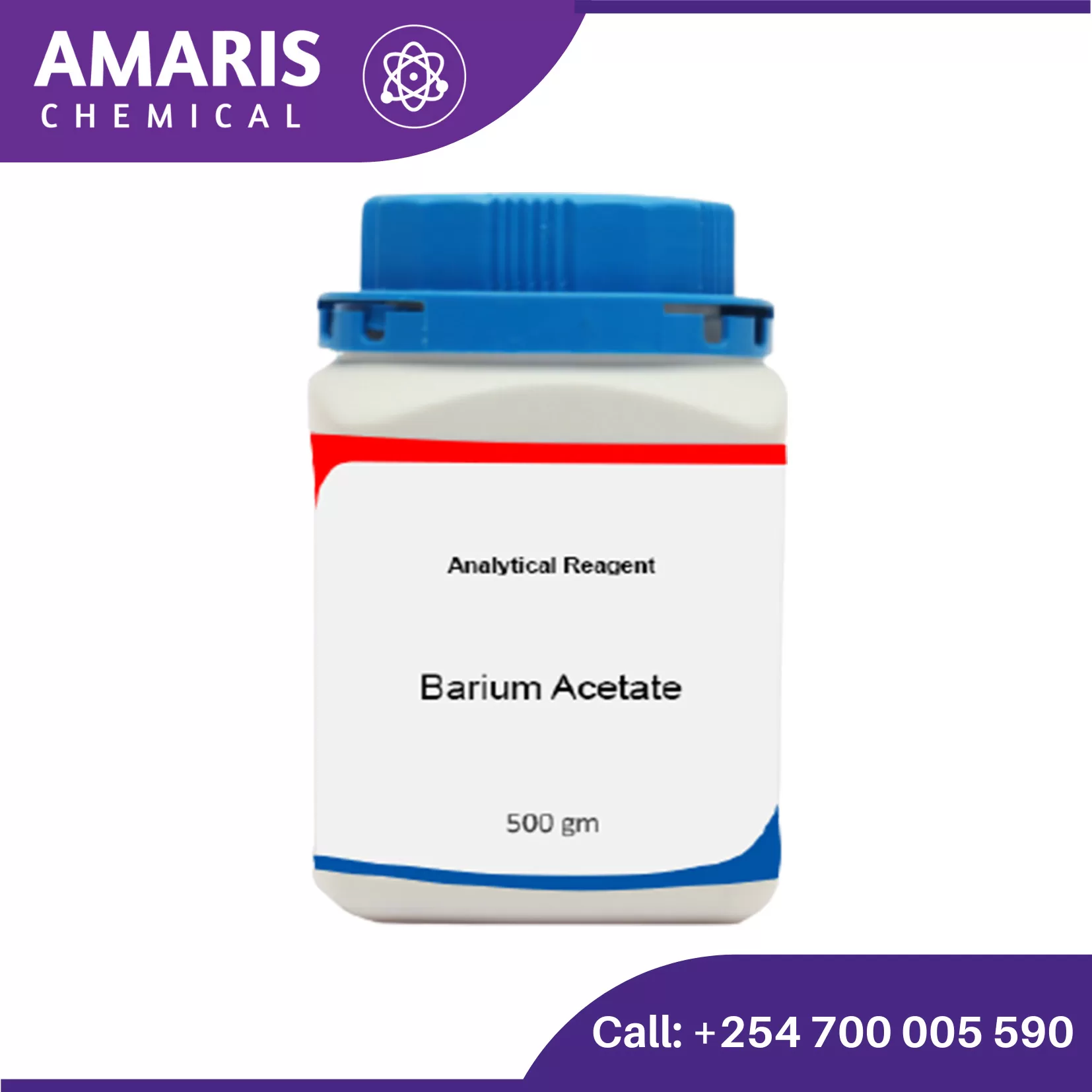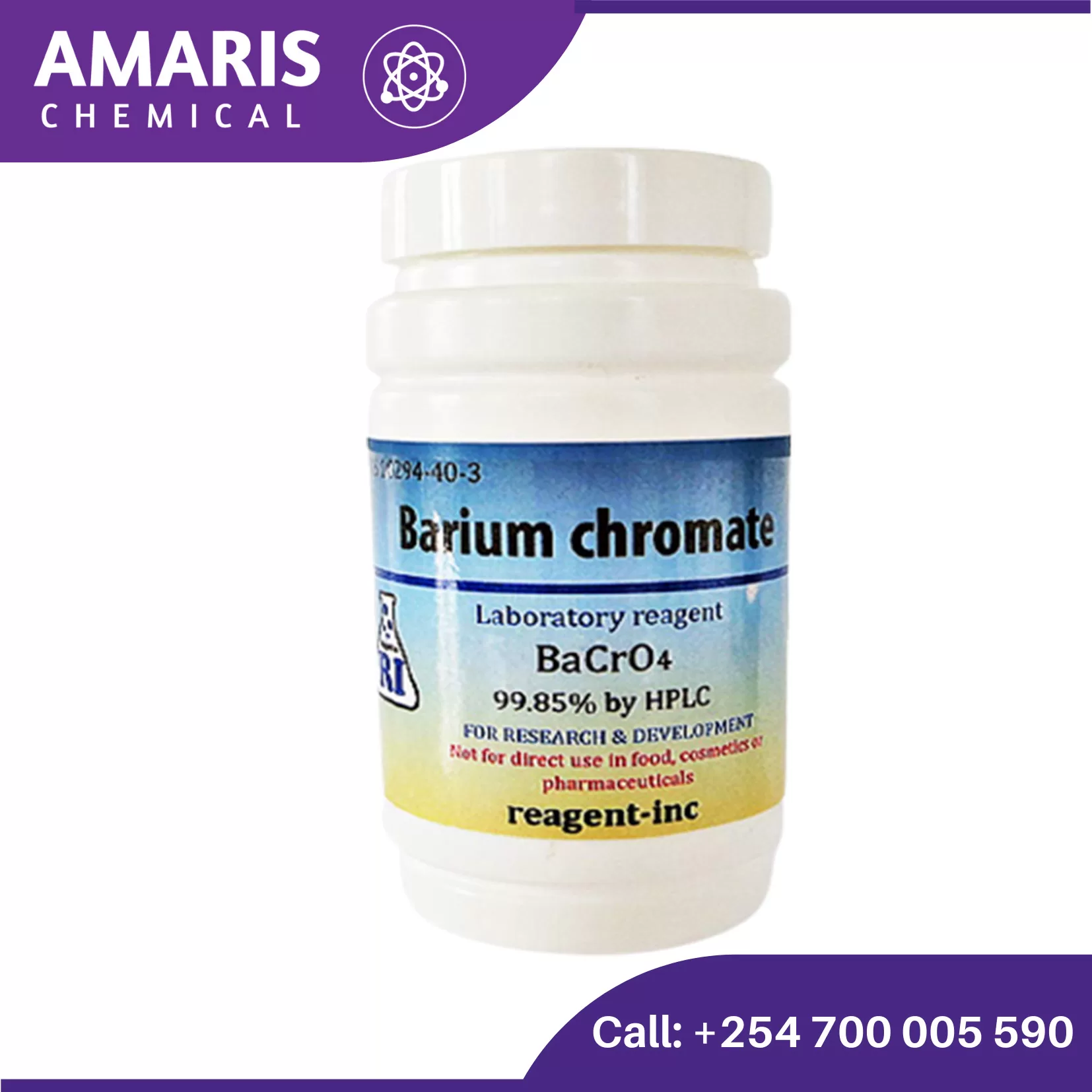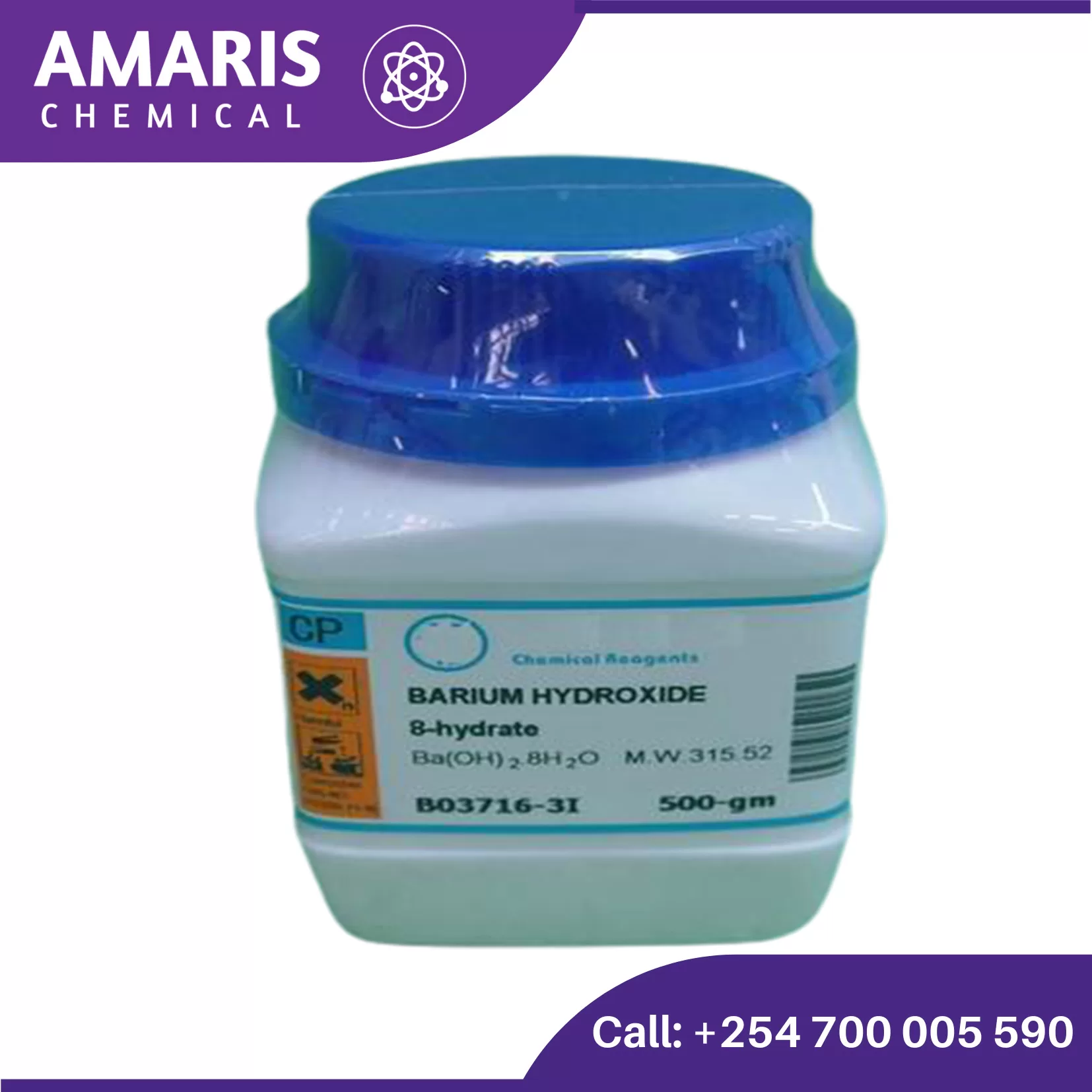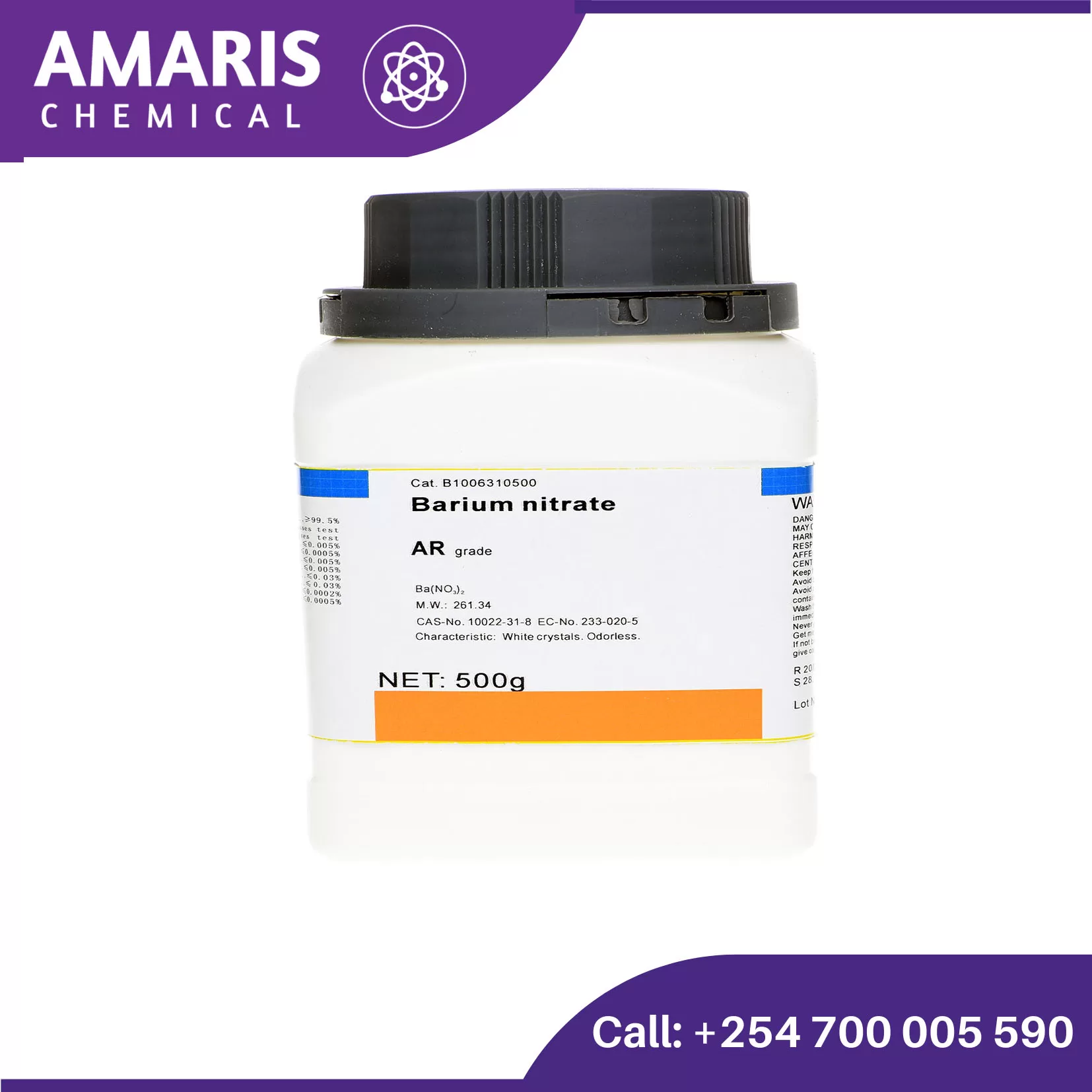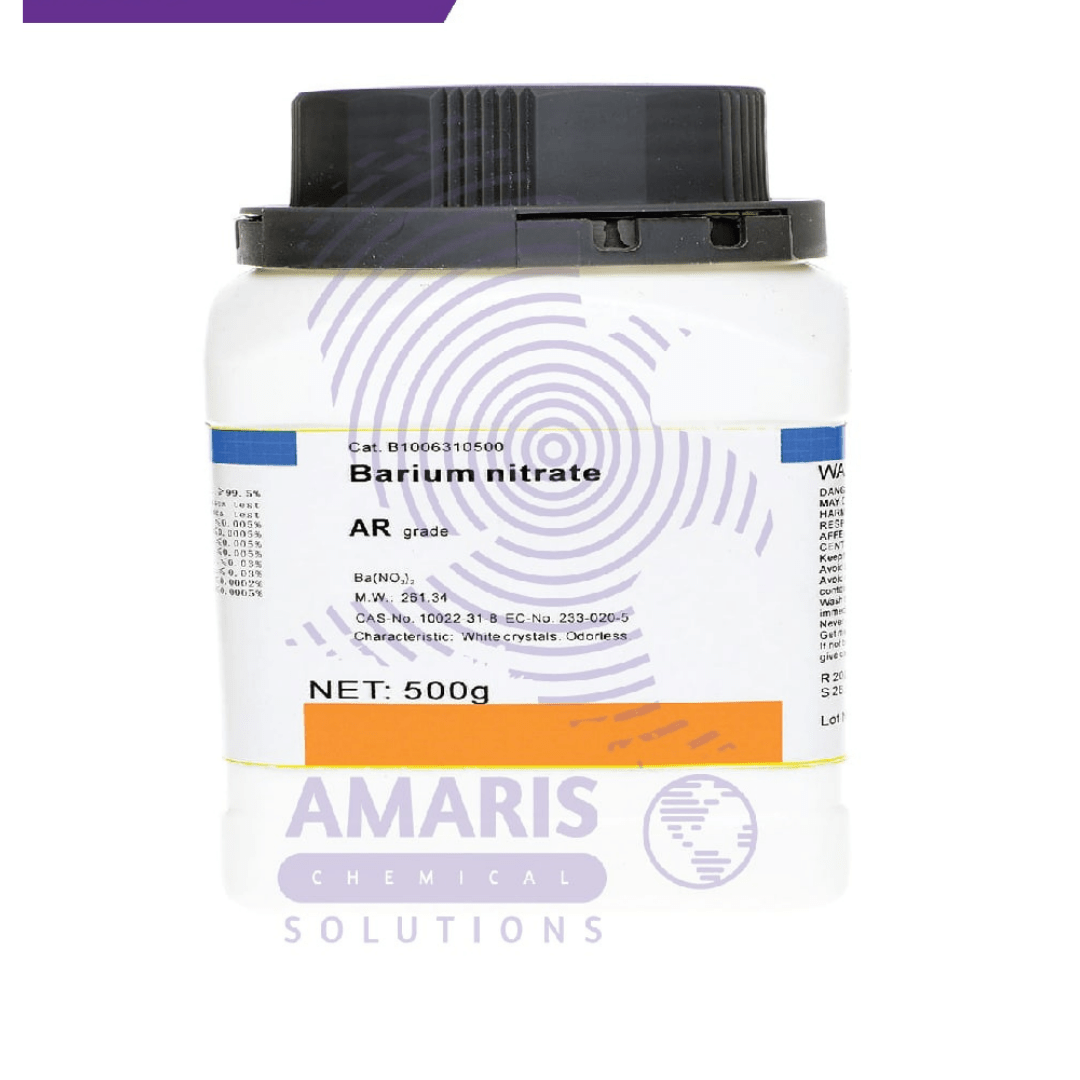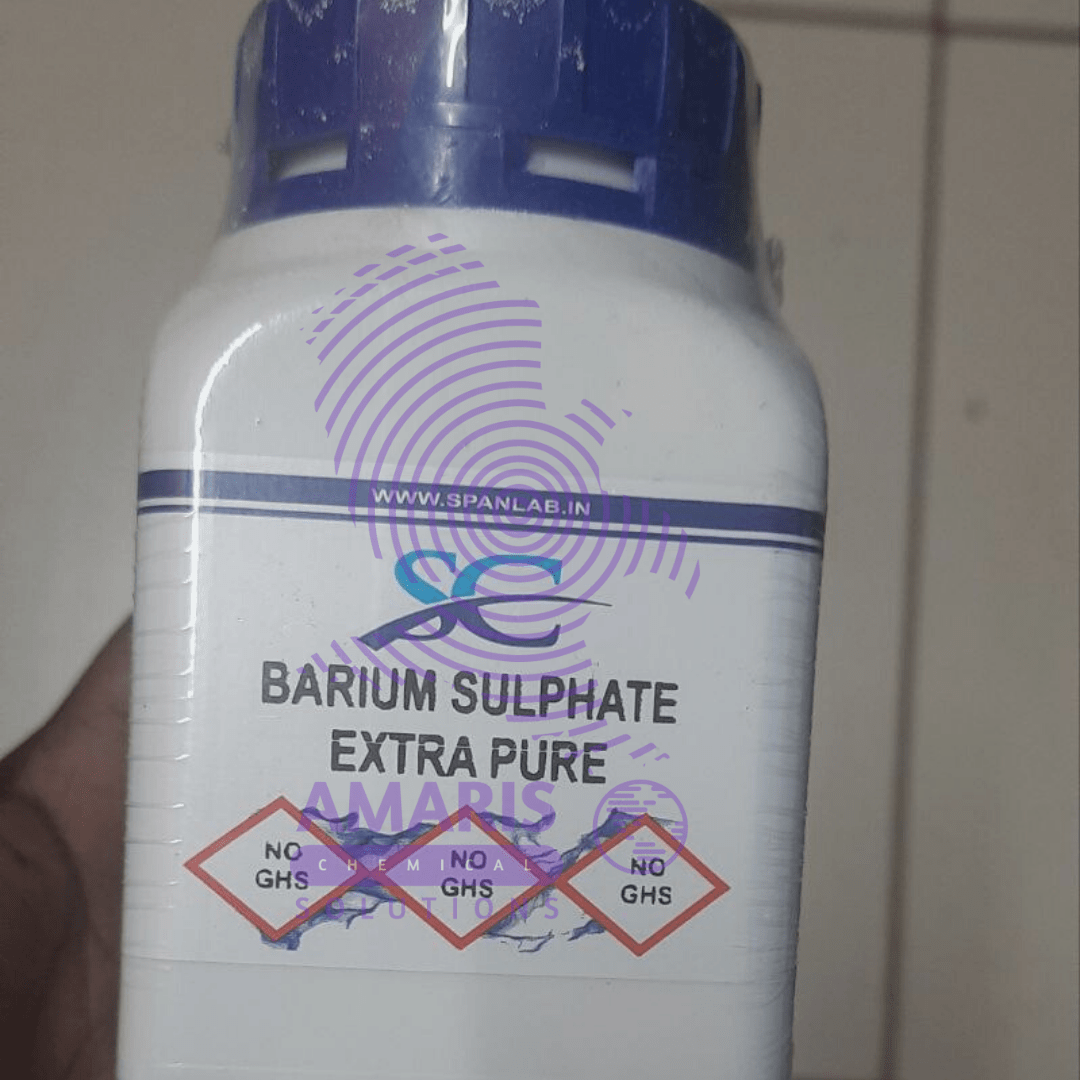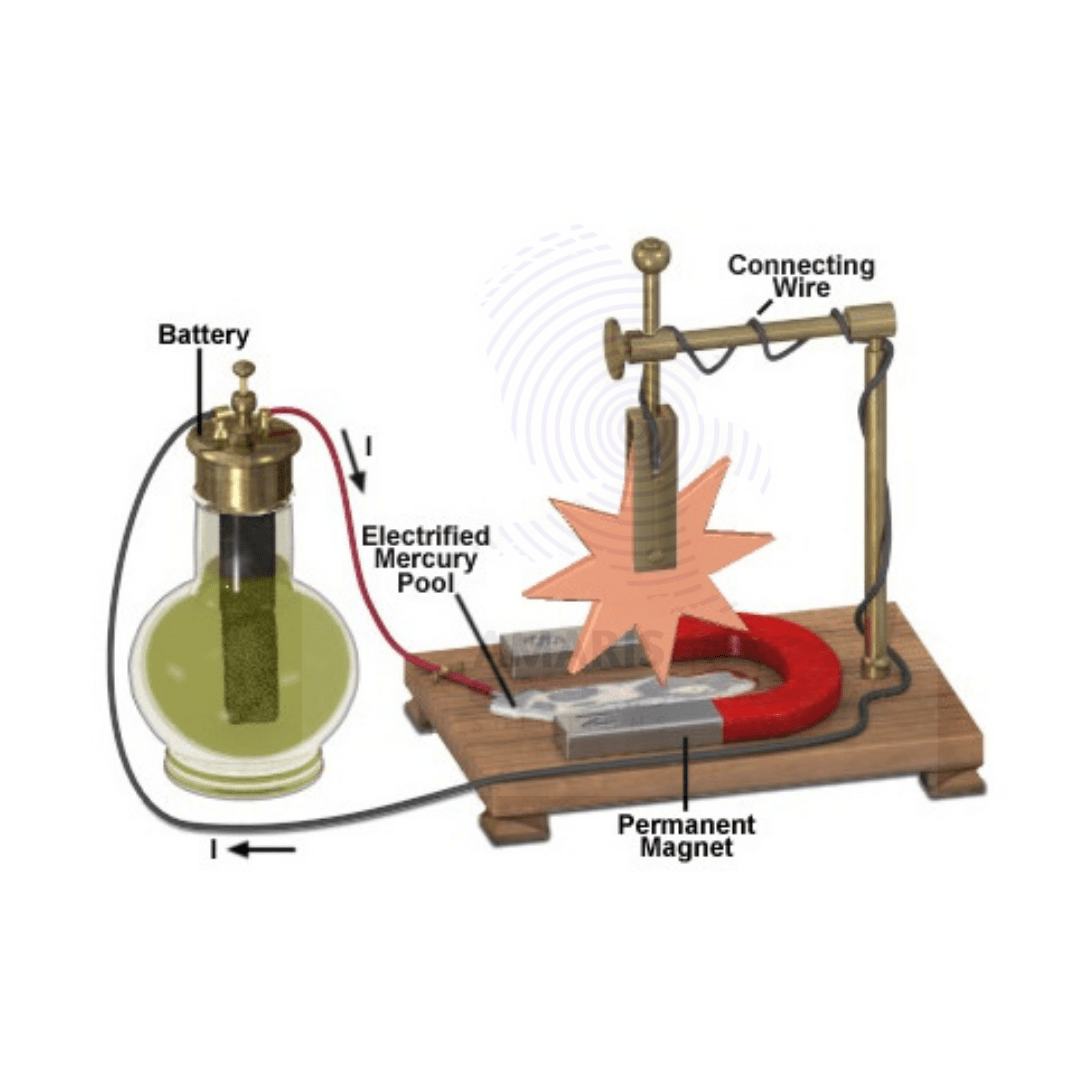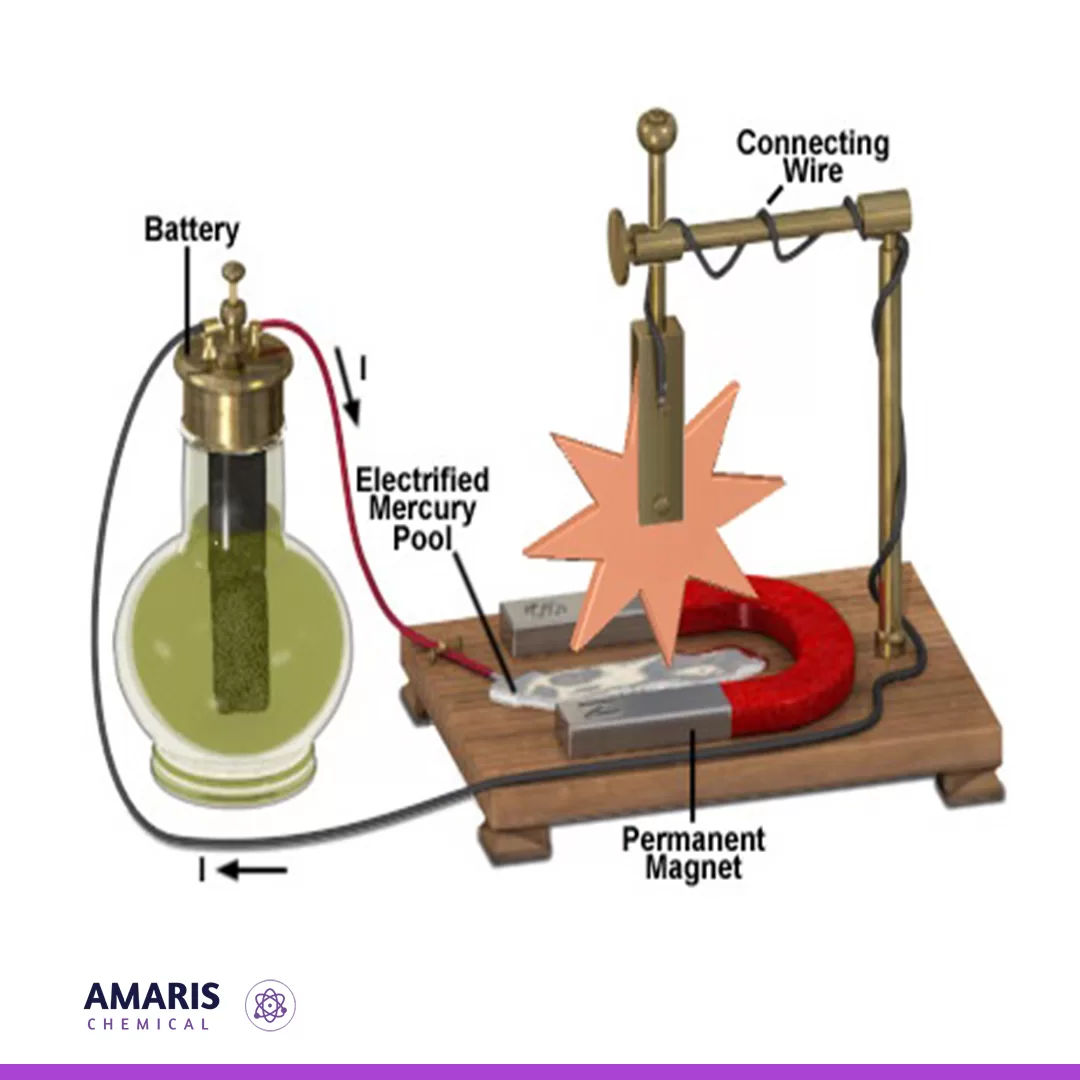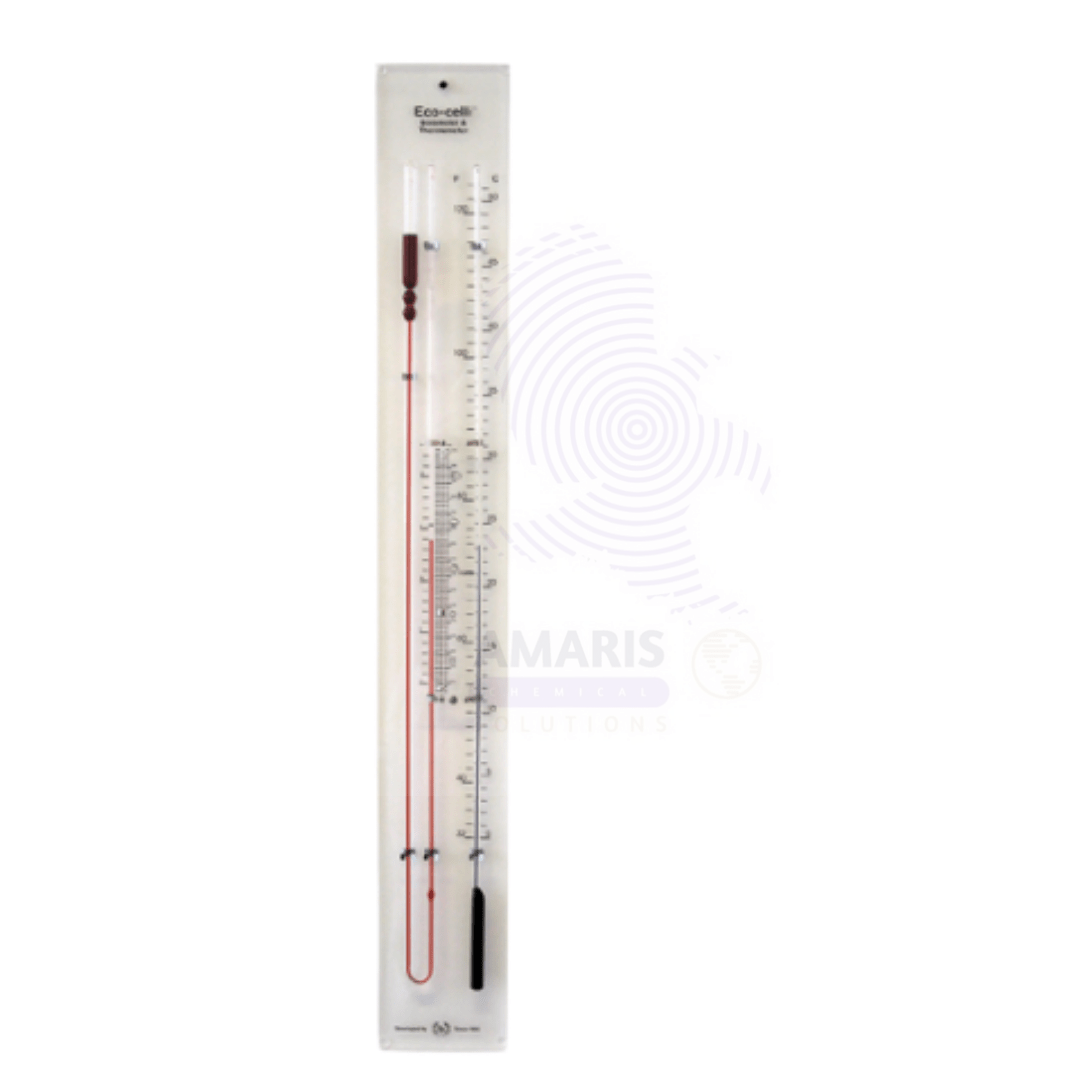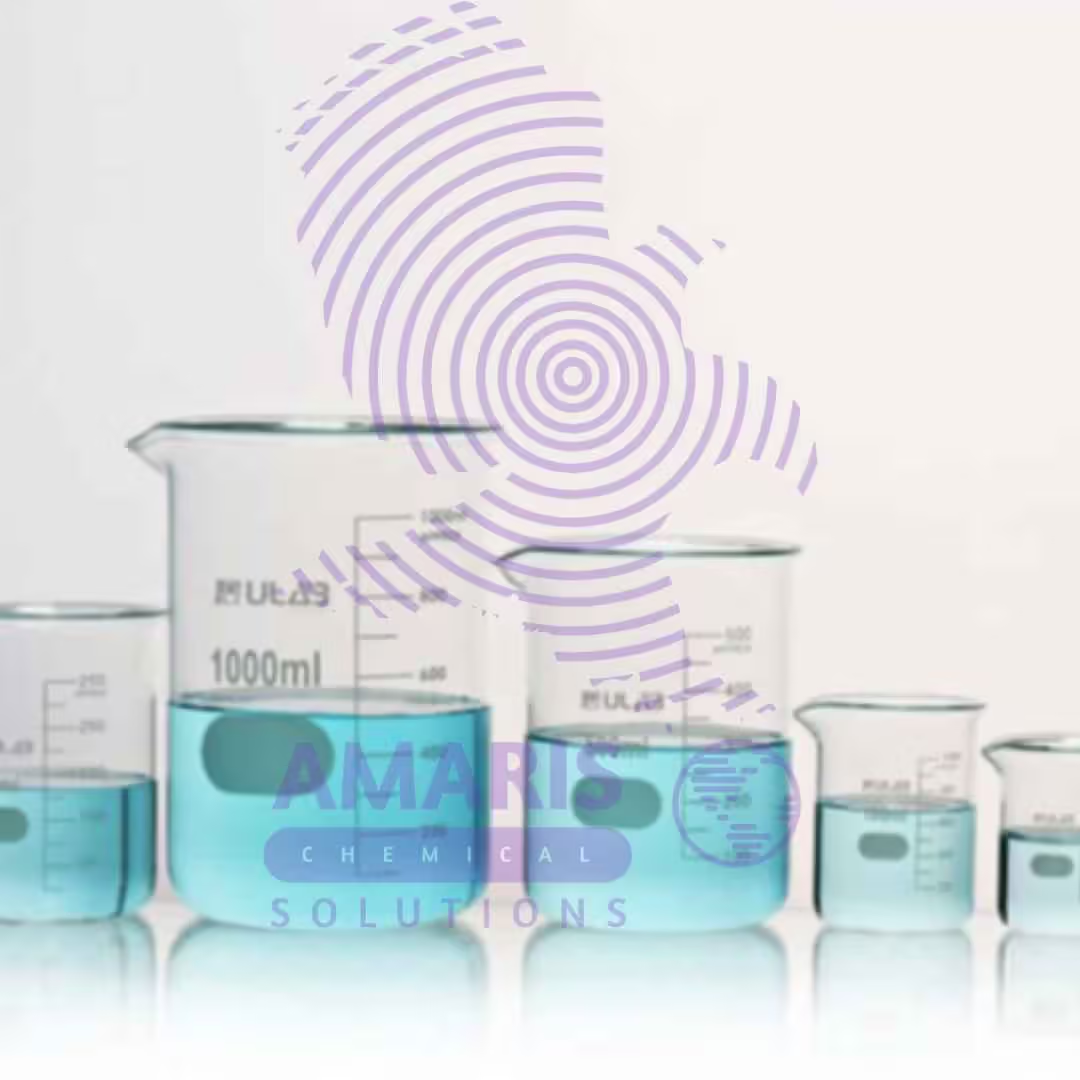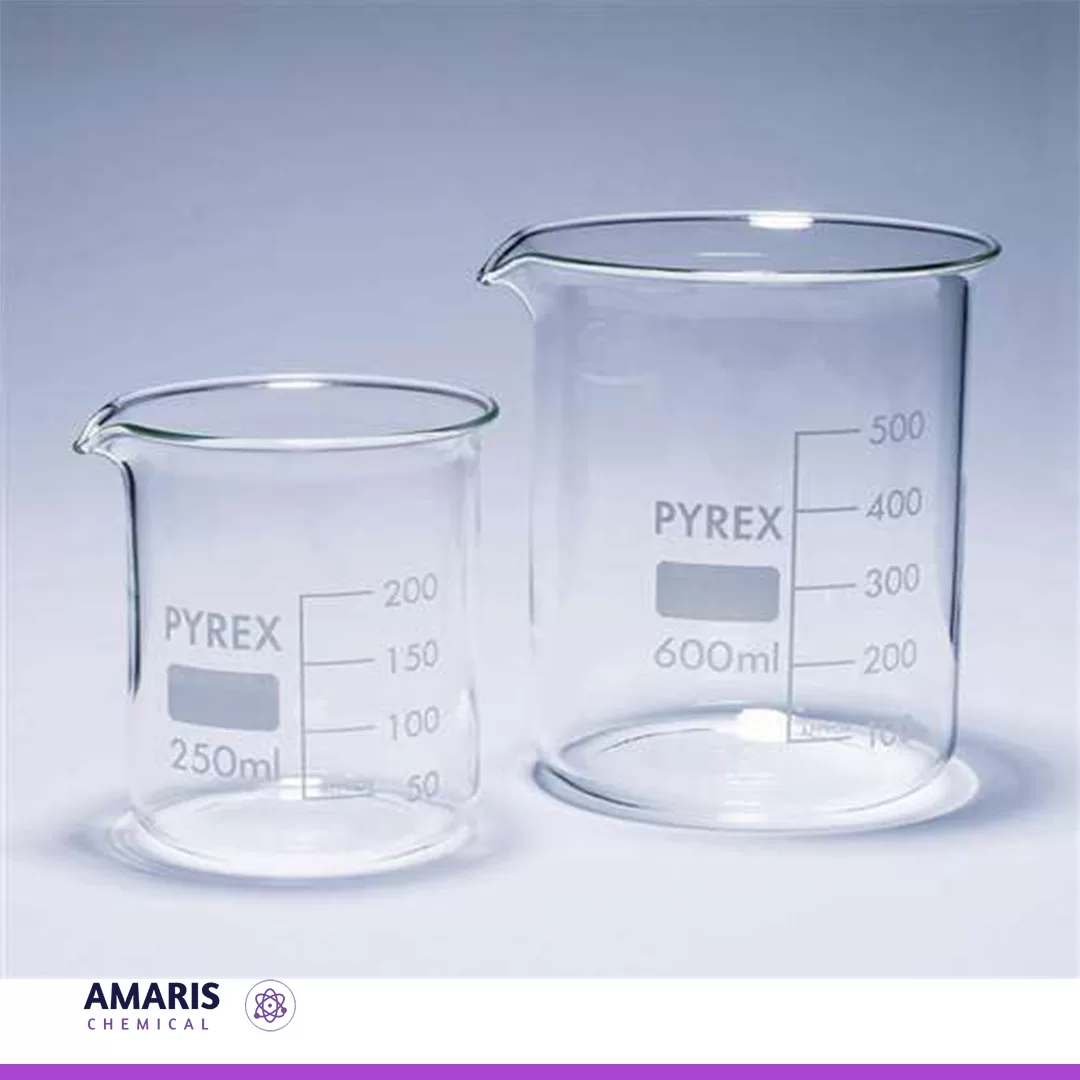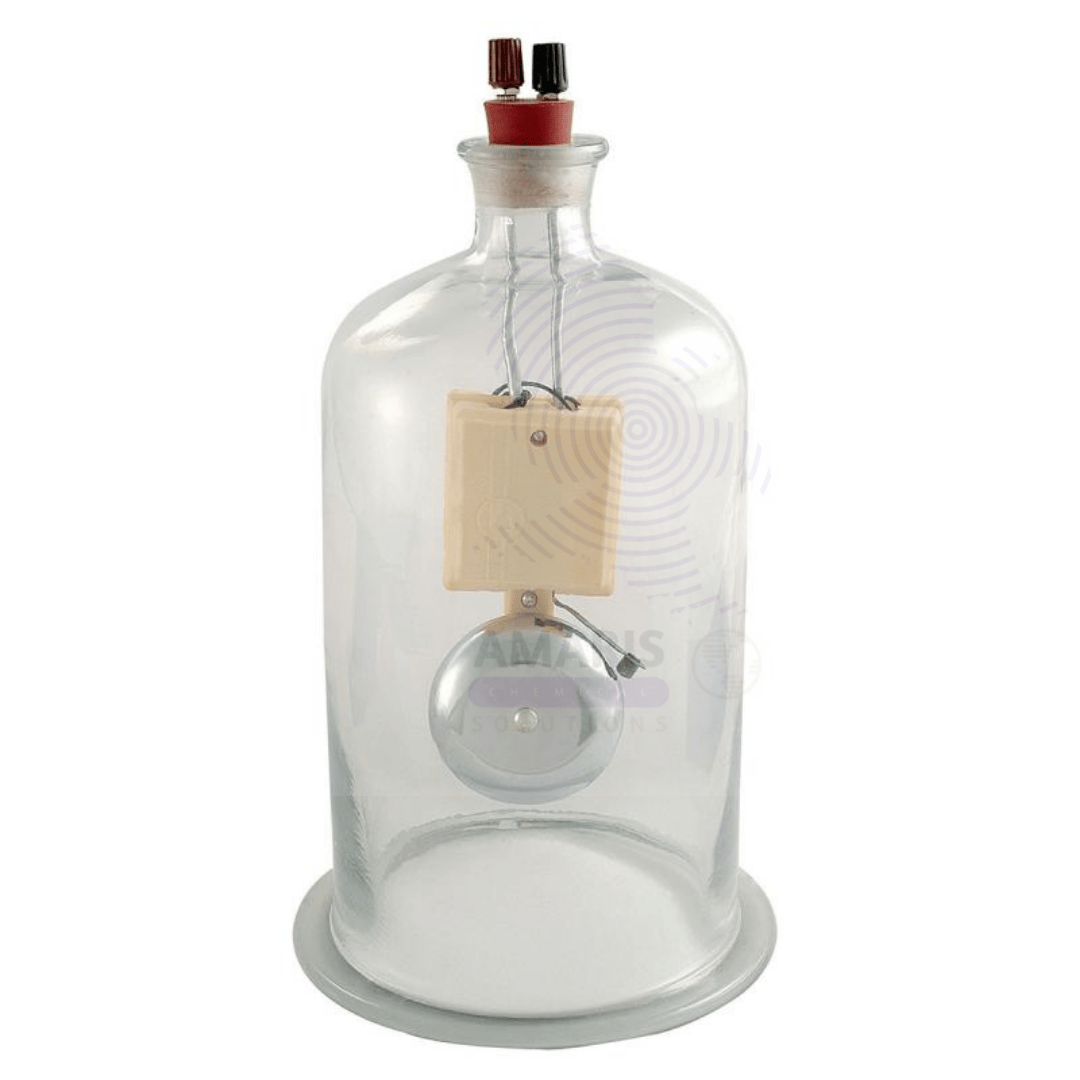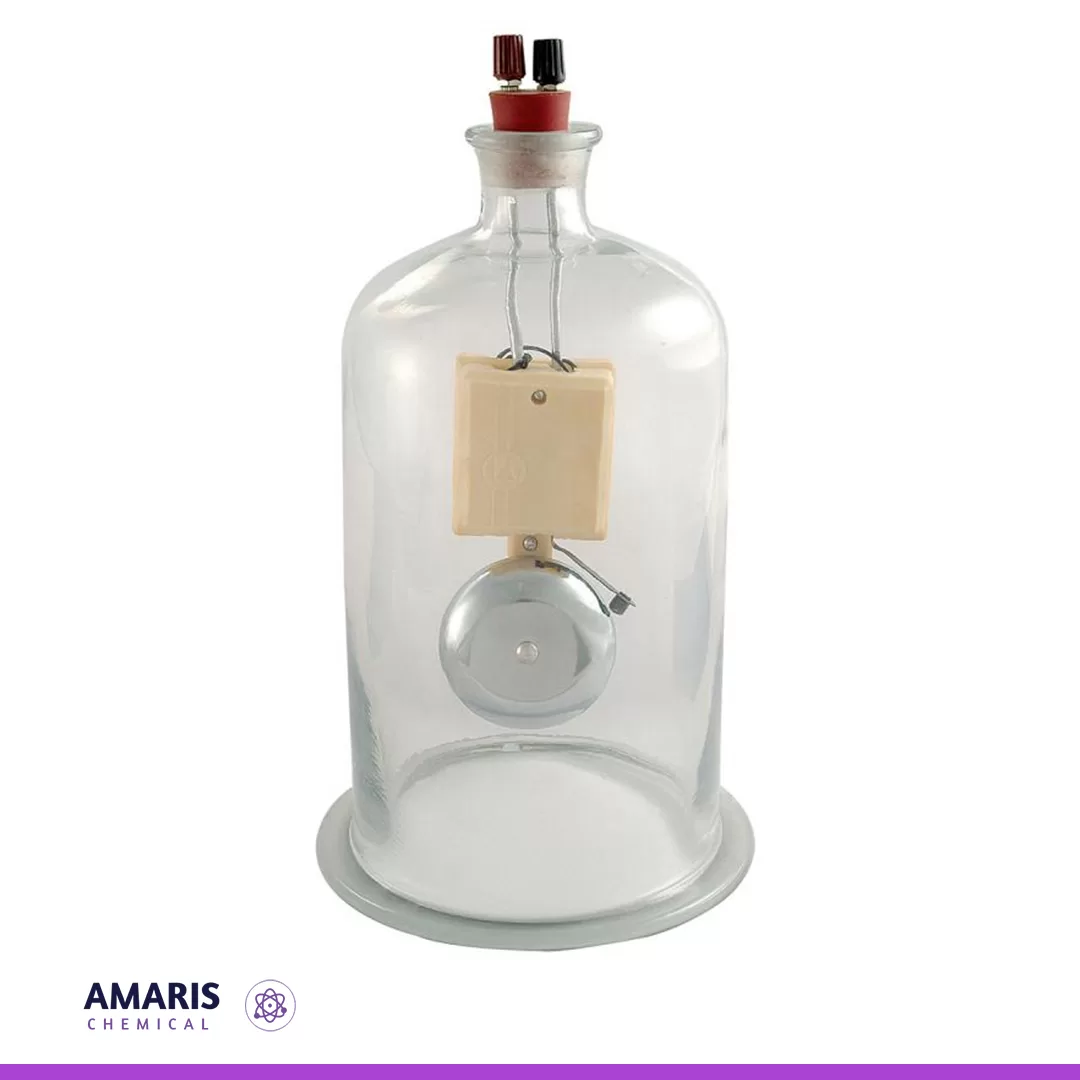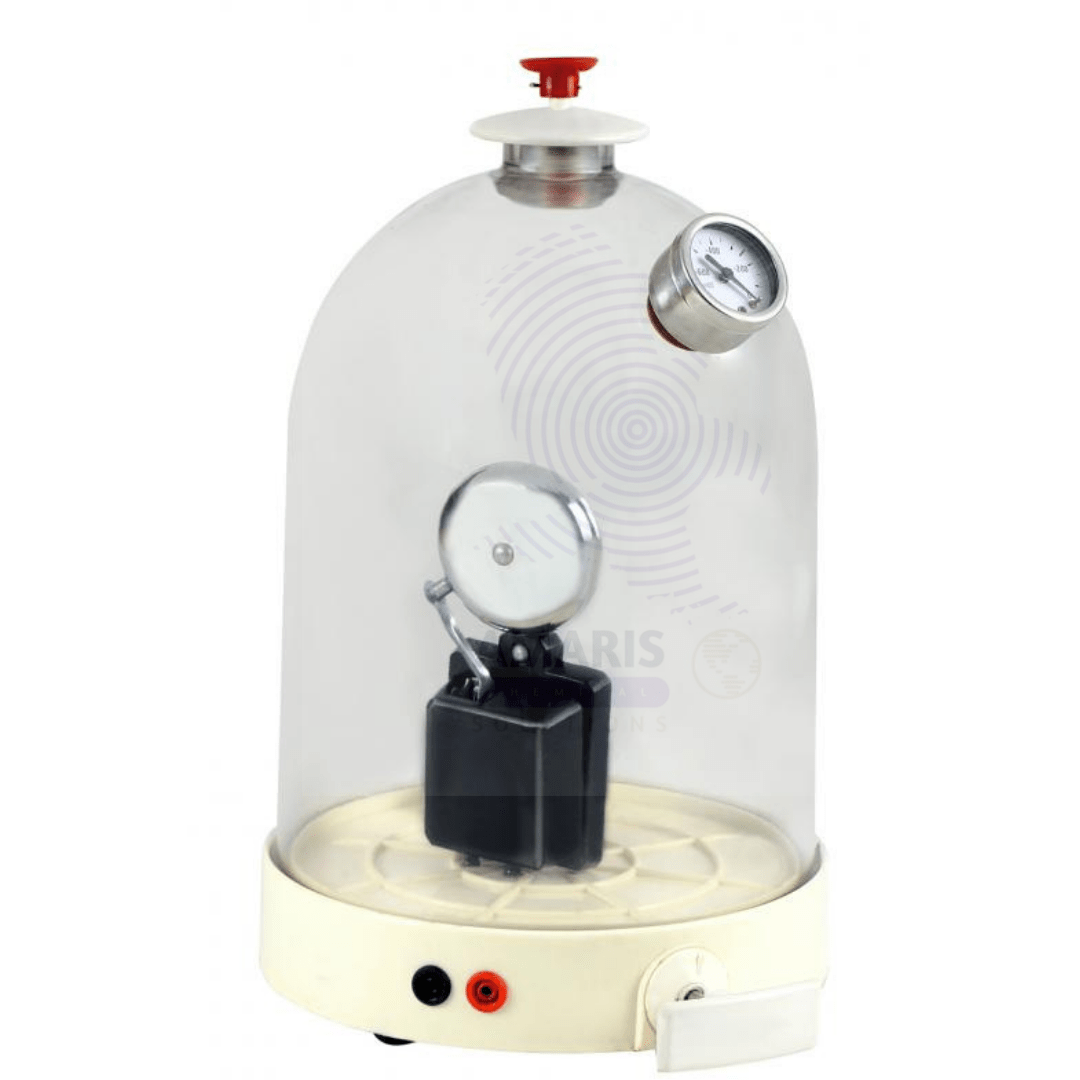Bar breaking apparatus
The bar breaking apparatus is a precision laboratory instrument designed to evaluate the mechanical strength of materials, specifically their ability to resist breaking under stress. It typically measures tensile strength, flexural strength, or break resistance by applying controlled force to bar-shaped specimens until they fracture. The device is essential in quality control, material testing, and research, offering precise data for materials such as metals, plastics, ceramics, and composites. Its robust design allows for consistent and repeatable testing, ensuring the reliability of the material's mechanical properties.
Barium Hydroxide 8 hydrate
Barium hydroxide, with the chemical formula Ba(OH)2text{Ba(OH)}_2Ba(OH)2, is an inorganic compound that is used in various applications. Here’s a detailed overview:
Properties
- Appearance: White crystalline solid.
- Solubility: Moderately soluble in water, forming a strongly alkaline solution.
- Molecular Weight: 171.34 g/mol.
- Density: Approximately 2.18 g/cm³.
- Melting Point: 78 °C (anhydrous form); decomposes in water to form barium oxide and water.
Chemical Behavior
- Basicity: Barium hydroxide is a strong base and dissociates completely in water to form barium ions (Ba2+text{Ba}^{2+}Ba2+) and hydroxide ions (OH−text{OH}^-OH−).
- Reaction with Acids: Reacts with acids to form barium salts and water. For example: Ba(OH)2+2HCl→BaCl2+2H2Otext{Ba(OH)}_2 + 2text{HCl} rightarrow text{BaCl}_2 + 2text{H}_2text{O}Ba(OH)2+2HCl→BaCl2+2H2O
- Hydrate Forms: Often found as the octahydrate (Ba(OH)2⋅8H2Otext{Ba(OH)}_2 cdot 8text{H}_2text{O}Ba(OH)2⋅8H2O).
Barium Nitrate 500gm
Barium Sulphate 500g Extra pure
Barium sulphate is an inorganic compound with the chemical formula BaSO4. It is a white crystalline solid that is insoluble in water, non-toxic, and chemically inert. Barium sulfate is commonly used in various industries and applications, including medical imaging (as a contrast agent for X-ray and CT scans), in paints, coatings, plastics, rubber, and as a filler in various products due to its high density and opacity. Barium sulfate is a white, odorless, and non-toxic crystalline compound with the chemical formula BaSO4, widely used in medical imaging and various industrial applications for its insolubility in water and inert properties.
Barlows wheel apparatus
Barlow's wheel, named after the English mathematician and physicist Peter Barlow, is an early demonstration of electromagnetic induction. It consists of a simple apparatus used to generate electricity by rotating a copper disc between the poles of a magnet. When the disc spins, it cuts across the magnetic field lines, inducing an electric current in the disc due to Faraday's law of electromagnetic induction.
The apparatus typically consists of a horizontal axle with a copper disc mounted on it, positioned between the poles of a magnet. The copper disc is connected to a circuit, and when it rotates, an electromotive force (emf) is induced in the disc, causing electric current to flow through the circuit.
Barlow's wheel is a classic demonstration in physics education to illustrate the principles of electromagnetic induction and the generation of electric current. It played a significant role in the development of electrical machinery and the understanding of electromagnetism.
Barometer tubes
A barometer tube is a long, sealed glass or metal tube used to measure atmospheric pressure. It is typically filled with a liquid, such as mercury, with one end sealed and the other submerged in a reservoir of the same liquid. The atmospheric pressure pushes on the reservoir, causing the liquid level in the tube to rise or fall. The height of the liquid column reflects the current atmospheric pressure, allowing for precise readings. Barometer tubes are commonly used in meteorology, physics, and laboratory experiments to observe pressure changes and calibrate instruments.
Beaker hysil
A Hysil beaker is a type of laboratory glassware known for its high chemical resistance and durability. Made from borosilicate glass, it can withstand high temperatures and sudden temperature changes, making it ideal for various laboratory applications. The beaker features a wide mouth for easy pouring and stirring, with graduated markings on the side for approximate volume measurement. Its transparent nature allows for easy observation of the contents, while its flat bottom ensures stability on laboratory surfaces. Hysil beakers are commonly used for mixing, heating, and storing liquids, as well as conducting chemical reactions, making them an essential tool in scientific research and educational laboratories
beaker pyrex
A glass beaker is a cylindrical, open-top container made of glass, typically with graduated volume markings on its side. It is commonly used in laboratories for holding, mixing, and heating liquids, as well as for performing various experiments and chemical reactions. Glass beakers come in various sizes and are designed to provide easy observation of the contents and to withstand temperature changes without significant deformation or chemical interaction with the substances being used.
Bell in vacuum
A bell jar is a cylindrical glass or plastic container with a bell-shaped top, designed to create a vacuum environment when placed over a base. Its smooth, transparent walls allow for easy observation of the contents inside. Typically used in laboratory settings, the bell jar can be connected to a vacuum pump to remove air and lower the pressure inside, making it ideal for experiments that require the absence of air or specific atmospheric conditions.
The bell jar's applications include conducting vacuum experiments, studying chemical reactions, performing dehydration studies, and observing the effects of reduced pressure on various materials. Its design ensures a secure seal, enabling scientists to manipulate environmental variables effectively and safely.
Bell in vacuum with air pump with plate
In a laboratory setting, a bell is positioned inside a clear vacuum chamber mounted on a sturdy plate. The vacuum chamber is connected to an air pump that allows for the controlled removal of air. When the bell is struck, it produces sound waves that normally propagate through the air. As the air is gradually pumped out of the chamber, the intensity of the sound decreases, demonstrating the principle that sound requires a medium, such as air, to travel. This visual and auditory demonstration effectively illustrates the concepts of sound transmission, pressure changes, and the properties of a vacuum, making it an excellent educational tool for exploring fundamental physics principles.
This setup enables students to witness firsthand how sound fades in a vacuum and encourages discussions about the relationship between sound and the medium through which it travels.










